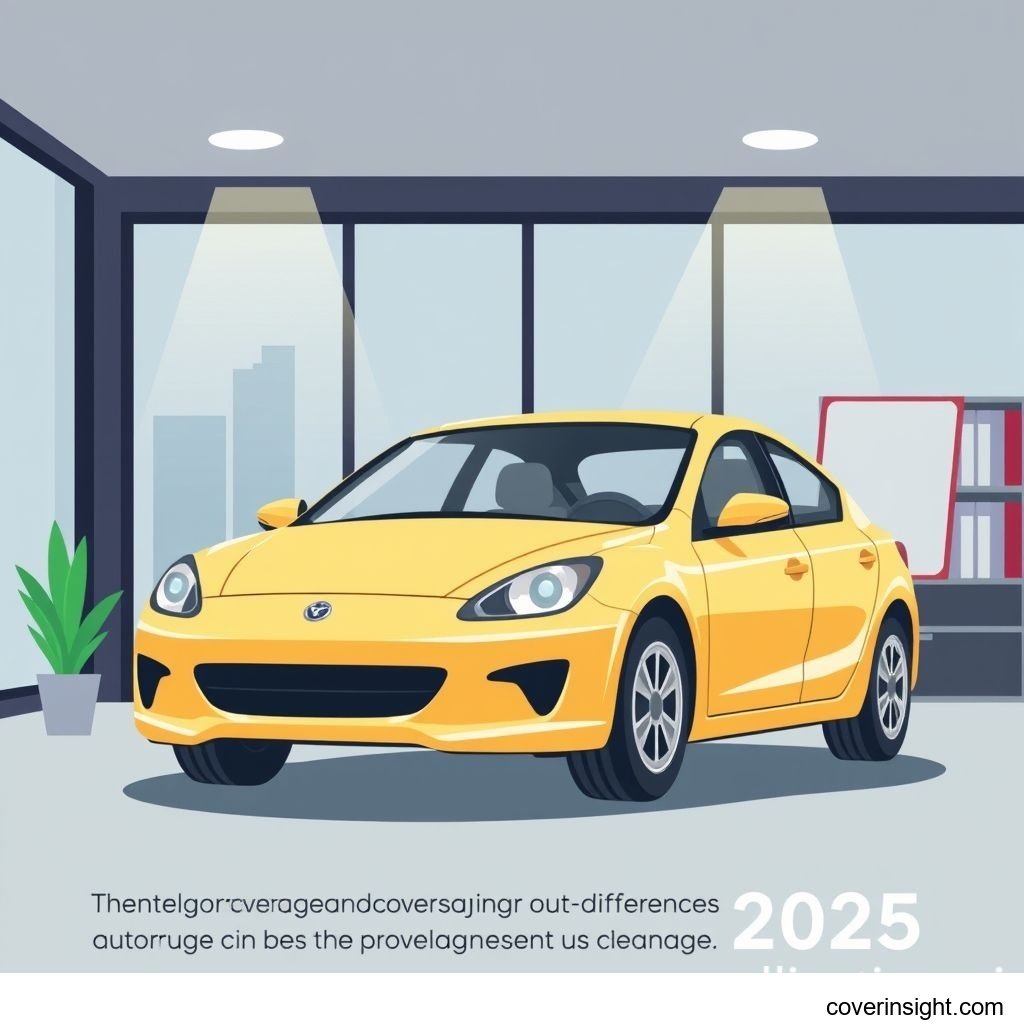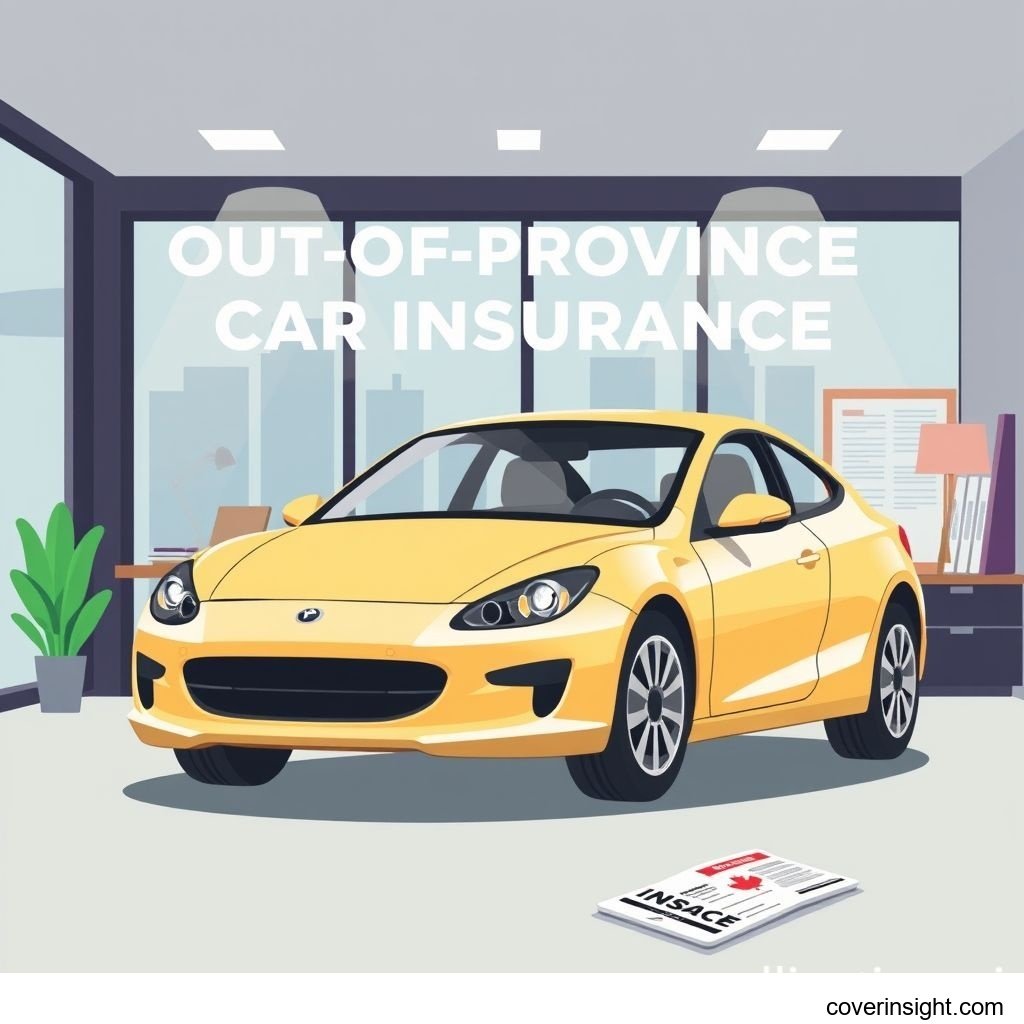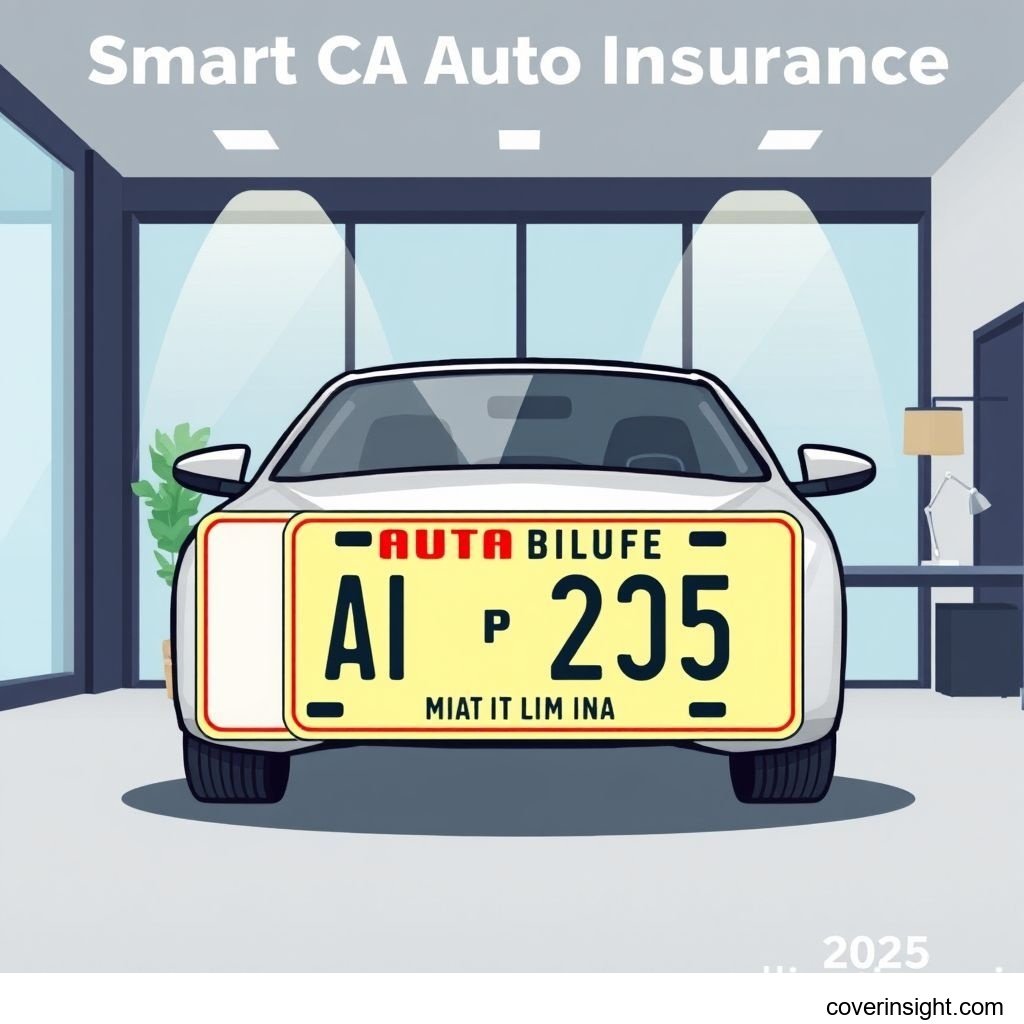Smart Guide: CA Out-of-Province Auto Coverage 2025
Introduction
As Canadian roads become more interconnected and travel across provincial and territorial borders a common occurrence, understanding your auto insurance coverage when you venture out-of-province in 2025 is more critical than ever. Whether you're heading west for a scenic drive through the Rockies, eastward to explore the Maritimes, or simply crossing into a neighbouring province for a weekend getaway, your existing auto policy typically travels with you. However, the extent and specific implications of this coverage can vary, and knowing the nuances is paramount to avoiding unexpected financial headaches should an incident occur far from home. It's about ensuring your peace of mind is as well-travelled as you are.
Coverage Details
Navigating the specifics of out-of-province auto coverage can sometimes feel like trying to solve a Rubik's Cube while driving. Let's break down what's usually included and what you need to watch out for.
What’s Included
Generally, your Canadian auto insurance policy extends its protective umbrella across all Canadian provinces and territories, and often into the United States too, though you should always confirm this with your provider. Key components that typically follow you include:
-
Third-Party Liability: This is the bedrock of your coverage. If you're found at fault for an accident, this covers damages you cause to other people's vehicles or property, as well as their medical expenses. While provincial minimums vary (for instance, Ontario's minimum liability is $200,000, but most insurers recommend $1 million or $2 million), your policy will typically provide coverage up to the limits you've purchased, often subject to the minimum requirements of the province you're in. This means if you have $1 million in liability, but the province you're visiting requires a higher minimum for a specific type of claim, your policy usually adjusts to meet that minimum.
-
Accident Benefits: Also known as Bodily Injury or Medical Payments coverage, this portion helps cover medical expenses, rehabilitation, and lost income for you and your passengers, regardless of who was at fault. The specifics can differ significantly between provinces (e.g., some provinces have no-fault systems for bodily injury), but your home province's benefits usually apply.
-
Uninsured Automobile Coverage: This protects you if you're involved in an accident with an uninsured driver, or a hit-and-run incident. It ensures you can claim for damages to your vehicle and for medical costs, up to certain limits.
-
Direct Compensation - Property Damage (DCPD): In provinces where DCPD is active (like Ontario, Quebec, Nova Scotia, New Brunswick, and PEI), if you're in an accident and not at fault, your own insurer pays for the damages to your vehicle. This can simplify the claims process, even when out-of-province, as long as the other driver is also insured in a DCPD province.
According to data from the Insurance Bureau of Canada (IBC), while auto insurance is mandatory across Canada, the specific forms and amounts of coverage can vary significantly from one jurisdiction to another. This underscores why understanding how your specific policy adapts is so vital. For more comprehensive information on how auto insurance works nationwide, you can visit their website via this external link: Insurance Bureau of Canada.
Common Exclusions
Even the most robust policies have their limits. Knowing what isn't covered can save you a world of trouble. Common exclusions include:
-
Driving for Commercial Purposes: If you're using your personal vehicle for ride-sharing (like Uber or Lyft) or delivery services, your standard personal policy likely won't cover you. You need specific commercial or ride-sharing endorsements.
-
Illegal Activities: Any damages or liabilities arising from using your vehicle for illegal purposes, street racing, or driving while impaired (under the influence of alcohol or drugs) are almost always excluded.
-
Intentional Damage: If you intentionally cause damage to your vehicle or someone else's property, your policy won't pay out.
-
Unlicensed or Prohibited Drivers: If someone driving your car doesn't have a valid license, or is specifically excluded from your policy, coverage will be denied.
-
Modifications Not Declared: Significant modifications to your vehicle that haven't been declared to your insurer could invalidate parts of your coverage.
-
Certain Vehicle Types: Recreational vehicles like ATVs, snowmobiles, or classic cars often require separate, specialized insurance policies.
Remember Sarah, a vibrant student from Calgary, who decided to spend her summer working at a resort in Whistler, B.C. She drove her reliable sedan out there, confident in her Alberta insurance. Unfortunately, she started using her car on the side for local food deliveries without informing her insurer. When she had a minor collision delivering a pizza, her claim was outright denied. It was a tough lesson learned about the fine print and the need for appropriate commercial endorsements. Sometimes, a "penny saved" upfront can turn into a whole lot more out of pocket if you're not careful.
Cost Analysis
It's natural to wonder, "How much does out-of-province coverage cost?" The good news is, for Canadian drivers, it typically doesn't cost extra. Your existing policy's premiums already account for the fact that you might drive outside your home province. The cost factors and saving tips below relate to your overall premium, which inherently includes this inter-provincial coverage.
Price Factors
Your auto insurance premiums, including the inherent out-of-province coverage, are influenced by several factors:
-
Driving Record: A clean driving record is your best friend. Accidents and traffic violations will inevitably push your premiums higher.
-
Vehicle Type: The make, model, year, and even colour of your car can influence rates. Expensive, high-performance, or frequently stolen vehicles cost more to insure.
-
Location: While traveling out-of-province doesn't increase your premium for that travel, your home address in Canada is a significant factor. Urban areas with higher traffic density and theft rates typically have higher premiums.
-
Usage: How much you drive annually (your mileage) and the purpose of your vehicle (commute vs. leisure) can affect rates.
-
Coverage Limits & Deductibles: Choosing higher liability limits or adding optional coverages (like collision or comprehensive) will increase your premium. Conversely, opting for a higher deductible (the amount you pay before your insurance kicks in) can lower your premium.
-
Age and Gender of Drivers: Younger, less experienced drivers generally face higher premiums.
-
Insurance Provider: Each insurer has its own risk assessment models, leading to varying quotes for the same coverage.
Saving Tips
While you won't see a separate line item for "out-of-province coverage" on your bill, these tips can help you keep your overall auto insurance costs in check:
-
Bundle Your Policies: Many insurers offer discounts if you combine your auto insurance with home, tenant, or life insurance. It's often a smart move to get your ducks in a row with one provider.
-
Increase Your Deductible: If you have an emergency fund, consider a higher deductible on your collision and comprehensive coverage. Just make sure it's an amount you can comfortably afford if you need to make a claim.
-
Maintain a Clean Driving Record: This is, hands down, the most impactful way to save. Avoid speeding tickets and accidents.
-
Shop Around: Don't just renew with your current provider out of habit. Get quotes from several different insurers every year or two. What's best for a friend might not be for you. You can start by checking out various options via a general search for [Insurance Resources Global].
-
Inquire About Discounts: Ask your insurer about available discounts. Common ones include loyalty discounts, multi-vehicle discounts, winter tire discounts, good student discounts, and discounts for vehicles with anti-theft devices.
-
Consider Usage-Based Insurance: Some programs track your driving habits (speed, braking, mileage) and offer discounts for safe driving.
-
Pay Annually: Some insurers offer a small discount if you pay your premium in one lump sum instead of monthly installments.
For valuable information on consumer rights and financial literacy related to insurance, the Financial Consumer Agency of Canada (FCAC) is an excellent resource. You can find more details and tips on managing your finances, including insurance, on their website via this external link: Financial Consumer Agency.
FAQs
-
How much does out-of-province coverage cost?
It doesn't typically cost extra. Your standard auto insurance policy in Canada is designed to provide coverage when you drive in any other Canadian province or territory, and often in the U.S., within the limits you've already purchased. The premium you pay already accounts for this.
-
What affects premiums?
Premiums are affected by various factors, including your driving record, the type of vehicle you drive, your home address, your annual mileage, your chosen deductibles and coverage limits, and the specific insurer you choose.
-
Is it mandatory?
Yes, auto insurance is mandatory in all Canadian provinces and territories. Your existing policy will generally satisfy the mandatory minimum requirements of any province you are visiting, but it's crucial to ensure your own liability limits are high enough to protect your assets, as minimums can be quite low.
-
How to choose?
Choosing the right policy involves balancing cost with adequate coverage. Don't just focus on the lowest premium. Consider your travel habits, the value of your vehicle, your financial assets (to determine liability limits), and the insurer's reputation for claims service. Comparing quotes from multiple providers and reading reviews is a smart move. For more localized advice and options specific to your province, you can check out general resources like [CA Insurance Home].
-
Consequences of no coverage?
Driving without valid insurance, even out-of-province, carries severe consequences. You could face hefty fines, vehicle impoundment, license suspension, and even jail time. If you're involved in an accident, you'd be personally responsible for all damages and injuries, which could amount to hundreds of thousands or even millions of dollars, leading to significant financial hardship or bankruptcy. It’s simply not worth the risk.
Author Insight & Experience
As someone living in Canada and having navigated its vast distances by car, I've seen firsthand how important it is to wrap your head around your insurance policy, especially when planning a long road trip. Based on my experience, many Canadians assume their policy covers "everything" as long as they stay within the country. However, the devil is often in the details, particularly concerning liability limits. While your home province's minimums might suffice for a local fender-bender, an incident in a province with different legal precedents or higher average claim payouts can quickly expose you to personal financial risk if your liability limits aren't robust. It pays to understand the specifics before you hit the open road; it truly offers a profound sense of security when you're far from home.








Comments